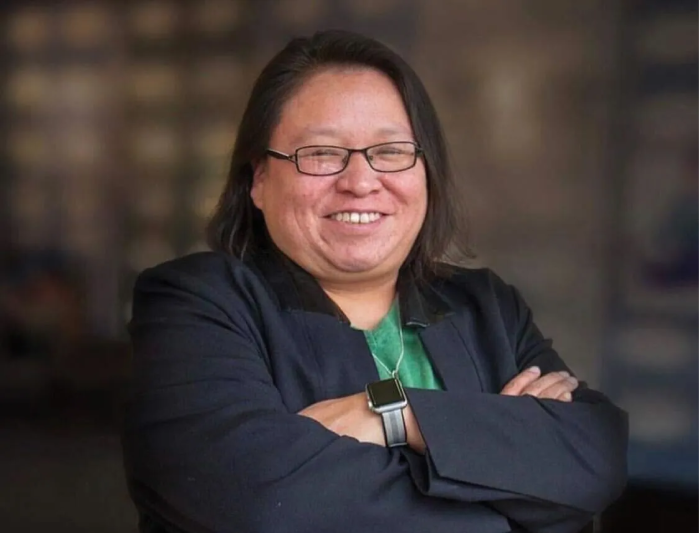A pink form from Rochester is giving chronically ill patients a voice. Medical Orders for Life Sustaining Treatment (MOLST), piloted in Monroe and Onondaga counties, allows seriously ill patients to complete a form about what kind of care they want at the end of their lives.
After discussing it with a physician, the patient designates medical orders on the bright pink MOLST form, which is signed by a physician and posted on a chart (at a nursing home or hospital) or a refrigerator (at home) so that emergency medical service (EMS) workers can find it quickly.
Governor David A. Paterson recently signed a bill to make the MOLST program permanent and statewide.
“People should be allowed as much say in their end-of-life care as they would have at any other time. This bill will allow many people who are critically ill to make enduring decisions on the care they will receive. These will be difficult decisions for every person to make, but they should have the freedom to make them,” said Paterson.
More specific than a do-not-resuscitate order, the MOLST form says whether the patient wants to be resuscitated or intubated and whether they want to be sent to the hospital or take medication, among other preferences.
“It’s much more specific than anything in the past and it goes into much more depth with the patient as far as meeting their wishes,” said Dr. Alan Roth, Chief of Palliative Care at Jamaica Hospital Medical Center.
“Mechanical breathing or circulation through CPR and ventilation was all [that was] addressed,” he said. MOLST covers “feeding issues, antibiotics, comfort measures, aggressive treatment, non-aggressive treatment…It helps meet the patients’ needs for what they want for their life.”
The detailed form allows “for people approaching their final years, not just days or months, to be able to tell people what they want,” explained Roth.
Jamaica Hospital Medical Center is one of three hospitals, two of which are located in Queens, that adopted the form before it was mandated by law.
MediSys Health Network runs Jamaica and Flushing Hospitals in Queens and Brookdale Hospital in Brooklyn, where physicians began using the form two years ago on an elective basis.
MediSys teamed up with the Hospital Association of New York State (HANYS) and the Greater New York Hospital Association (GNYHA) to get statewide legislation passed so that the MOLST form would be recognized by all EMS workers and physicians. HANYS and GNYHA represent hospitals in New York State and New York City, respectively.
“We worked very closely to lobby the legislature to get this done,” said Bruce Flanz, Executive Vice President and Chief Operating Officer of the MediSys Health Network, overseeing all three hospitals. “We’re very glad we did because it really helped our staff understand how to assess our patients’ wishes.”
Although MOLST should not take the place of a Health Care Proxy or a living will, it offers different advantages, including consultation with a doctor.
“Once you and the physician communicate and he writes down what the action is that you want for yourself, any other physician that sees this form must abide by that form,” said Flanz. “All of this information is recorded while the patient is awake and alert, so that when the patient cannot speak, this physician will understand what the patient wanted.”
While MOLST contains medical orders regarding life-sustaining treatment, a Health Care Proxy is someone who makes decisions for the patient when they cannot communicate.
A living will, is a statement that, while not a legal New York State form, provides “clear and convincing evidence” for what the patient wanted.
The easy-to-locate, bright pink form is more effective than a living will when the patient has a stroke. EMS workers rushing to the scene will not want to waste time going through the patient’s living will, Roth said, but using the MOLST form will put directives in plain view.
“Too often, people don’t die in the setting of their choice, don’t have advance directives in place, and many fear dying in pain and without dignity or control,” said Patricia Bomba, M.D., who spearheaded the program as Vice President and Medical Director of Geriatrics at Excellus BlueCross BlueShield. “Now that MOLST is available statewide, more people will have greater peace of mind knowing that this form will help reduce uncertainty about their treatment preferences, allowing loved ones in decline to write their own final chapter.”
For more information on MOLST, and other end-of-life issues, visit https://www.compassionandsupport.org.






























